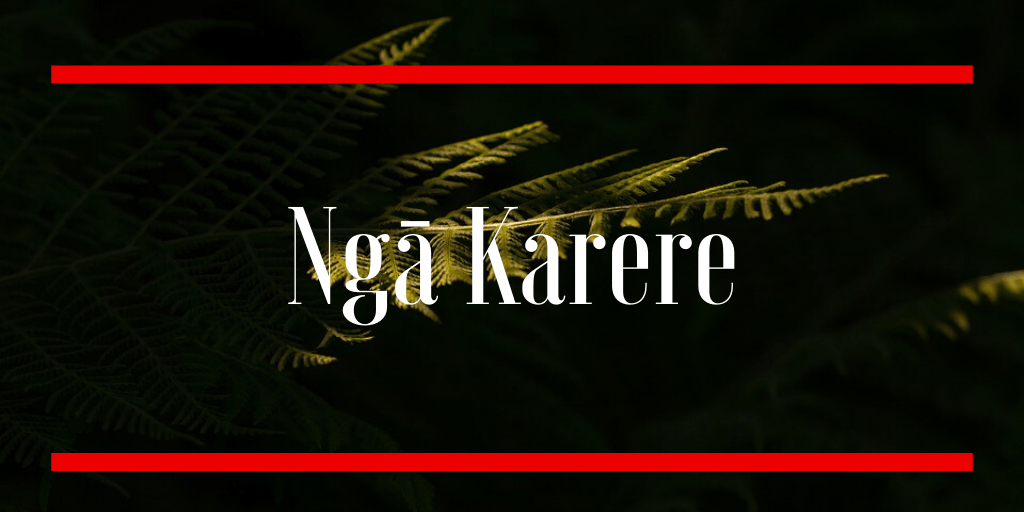People flourishing across all measures of wellbeing is a priority of the Te Arawa 2050 Vision. To help meet this priority, Te Tatau o Te Arawa, with AUT and the University of Canterbury as research partners, is producing a Te Arawa values-based model for housing created with the wellbeing of
people, culture and the taiao at its core. Te Tatau CEO Jude Pani says the Mauri Ora housing
model is entering an exciting phase that will help Te Arawa uri and the community make good housing gains over the medium to long term.
“There are already great people, iwi and agencies investing resource into strengthening the emergency, transitional and other socially purposed housing space, to address urgent housing needs in our hapori. “While complementing existing efforts, the Mauri Ora housing model takes a longer-term view, and aims to enhance development at the papakāinga and neighbourhood level - taking into account issues like climate change and looking at sustainable and renewable energy and the best carbon-free or low-emission options.”
Often referred to as a wellbeing compass, the model is undergoing some tweaking to
fit Te Arawa requirements. Amanda Yates, associate professor at the School of Future Environments at AUT, has led the development of the compass for Te Tatau as part of a MBIE National Science Challenge urban wellbeing research project. With support from AUT and Canterbury colleagues,
Amanda will continue to work with Te Tatau as they test and review the model with hapū, iwi and land trusts, Council and government agencies. Te Tatau will use an action research approach with
hapū and land trusts to maximise outcomes in the shortest timeframes possible, Jude explains.
The full story can be found on page 10 and 11 of the Rotorua Lakes Council's December 2021 Tatau Tatau magazine.
You can view the Mauri Ora Housing Development Wellbeing Compass via the link below.
